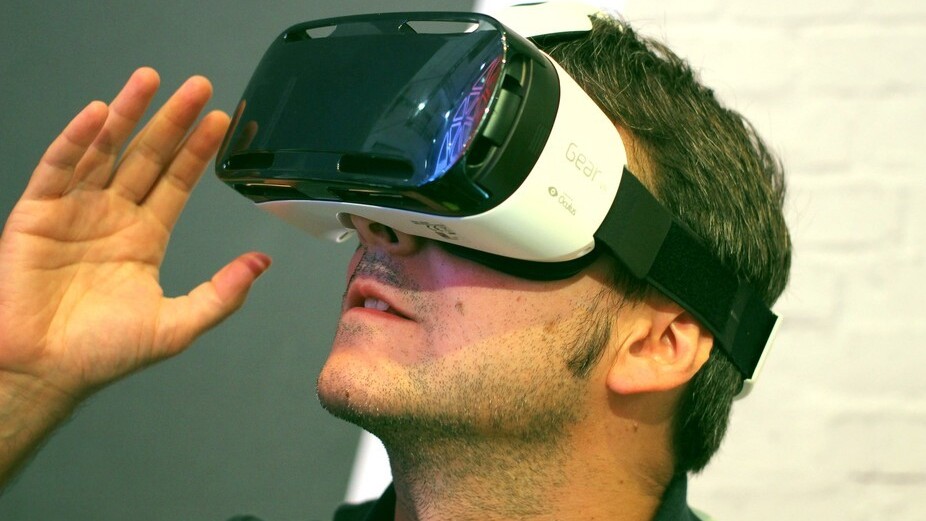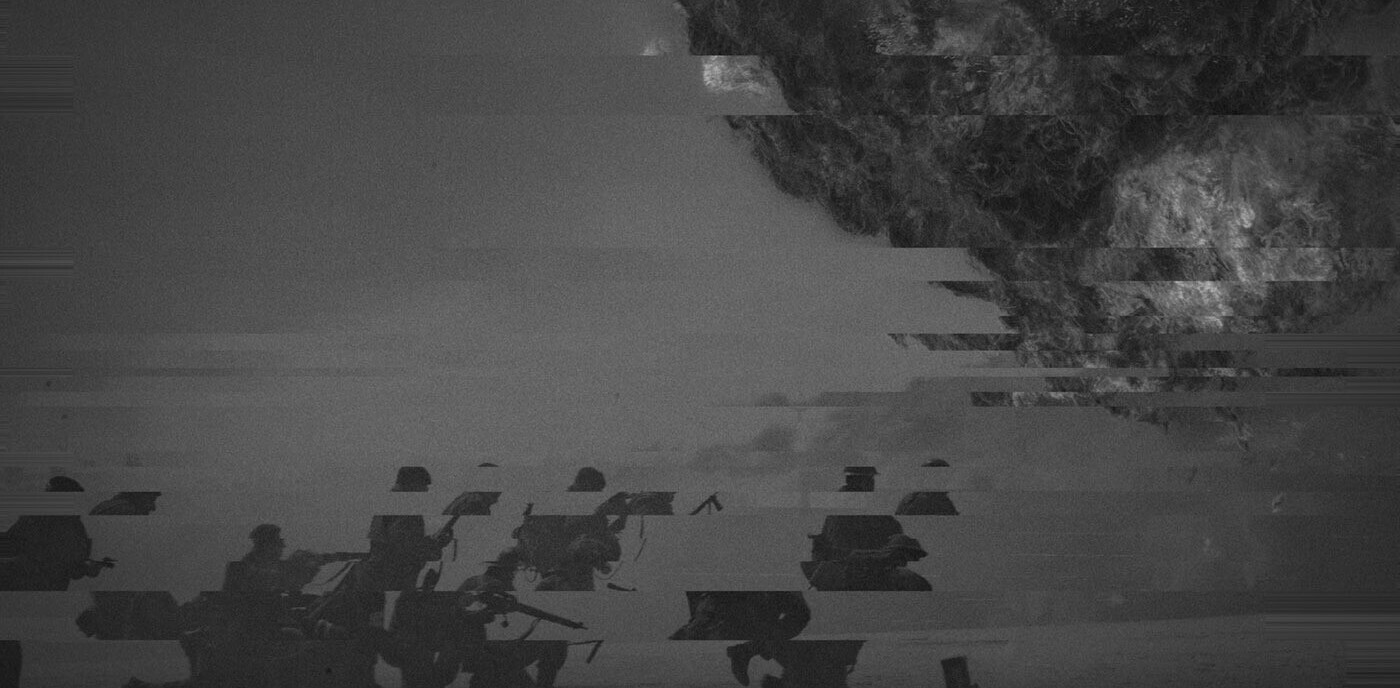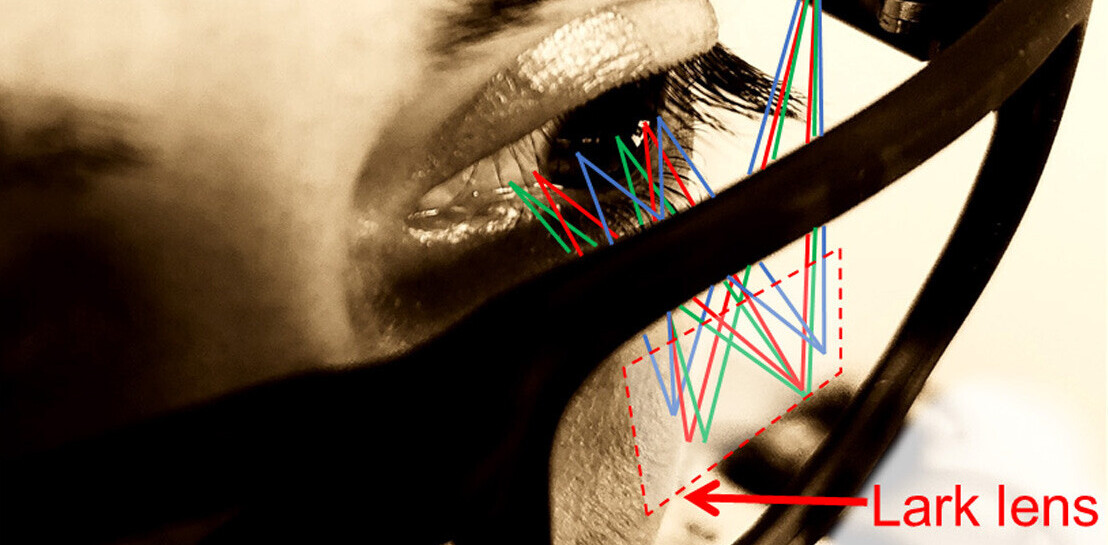
High street shops are well-established online these days and provide new opportunities for interaction between shop and shopper. Consumers have become accustomed to shopping using a range of devices and the immense popularity of smartphones and mobile devices has led to the rise of mobile or m-retailing, with new communication and distribution channels created with these in mind. Perhaps this mix of the real and online worlds are helpful precursors for what may be the “next big thing”: virtual reality shopping.
Virtual reality (VR) experiences are typically provided through wearable headgear or goggles that block out the real world and immerse the user in a virtual one. This is distinguished from augmented reality (AR), where layers of digital content can be overlayed on the real world, providing access to both. For example, the digital information displayed on the visor of Google Glass.

While AR can work with mobile devices and is already included in some apps, for VR to succeed the headgear needs to be comfortable, stylish and powered by sufficiently capable software so that the immersive visual effects are credible – and useful. It’s possible to add deeper engagement with the virtual world by incorporating other senses, for example tactile hand controls for handling and manipulating objects.
In-store tech

However, the use of technology by retailers in-store has been patchy. The availability of in-store Wi-Fi has increased, and some stores offer touchscreens and tablets for customers to browse and search for items and look up information. More common are video screens displaying fashion collections, often connected to apps offering inspirational looks. However more cutting edge tech, such as magic mirrors that overlay the image of the shopper with the clothes they’ve selected, allowing them to switch style and colour options, are less widespread. Sometimes they’re also less than reliable.
In any case, shoppers tend to appreciate functionality over more playful or whimsical means of interacting with the retailer. New additions are welcome when they are informative and save the shopper time, helping them locate products in the store or at another. Not surprisingly consumers would rather not pay for these services, and prefer to be engaged rather than marketed to. Young fashion shoppers simply use their phones to share photos of potential purchases through Snapchat and Instagram. Image is everything, with the retailer providing the backdrop.
Present trends point to the expansion of interactive shop window displays and in-store communication that uses a combination of GPS, transmitters such as the Apple’s iBeacon and other devices using Bluetooth transmissions to interact with shopper’s smartphones. These will take personalisation and micro-marketing to a new level with real-time offers and information dispatched to their phone as they pass near product displays.
To support their brand, retailers will increasingly look at their customer relationships, so stories, images, videos and news – fashion and cosmetic blogs have been particularly successful – is where many new opportunities will arise. However, while creative and technologically novel, these are all at best examples of augmented rather than virtual reality.
Making a (virtual) impression
Where does this leave the use of virtual reality? We can expect to see trials as retailers become more comfortable offering content through them. New VR headsets such as from Oculus Rift and Sony will offer more and more realistic immersive environments. Sony, drawing on its Playstation expertise aims to to add movement to the user experience. Some brands have already piloted virtual stores, where VR-equipped shoppers could one day have the same experience of browsing through racks and shelves waiting for something to catch their eye – without needing to leave their home.
VR will provide an opportunity to re-visit and experience retailers’ and desigers’ fashion shows of the past, events and exhibitions. For example, Top Shop recently transmitted London Fashion week as it happened through Oculus Rift headsets to customers in its Oxford Street store. It may also provide a means for retailer to extend the lifespan of certain promotions to individual customers.
Immersion is particularly promising in the creation or re-creation of 3D environments, which could be especially helpful for those buying furniture, furnishings, paint and decoration for their homes to envisage how it would look. The recently developed Virtuix virtual reality platform provides a motion controller that translates the users physical movements into equivalents in the virtual environment – a means to, literally, walk around a virtual world.
![]() However, any major step forward will need to make the retailer’s investment worthwhile, and as neither the technology nor shoppers’ complete acceptance of VR is where it needs to be today, there’s some way to go before VR becomes the next big thing in shopping.
However, any major step forward will need to make the retailer’s investment worthwhile, and as neither the technology nor shoppers’ complete acceptance of VR is where it needs to be today, there’s some way to go before VR becomes the next big thing in shopping.
This article was originally published on The Conversation. Read the original article.
Get the TNW newsletter
Get the most important tech news in your inbox each week.




